MandaLao: Ethical elephant encounters in Luang Prabang
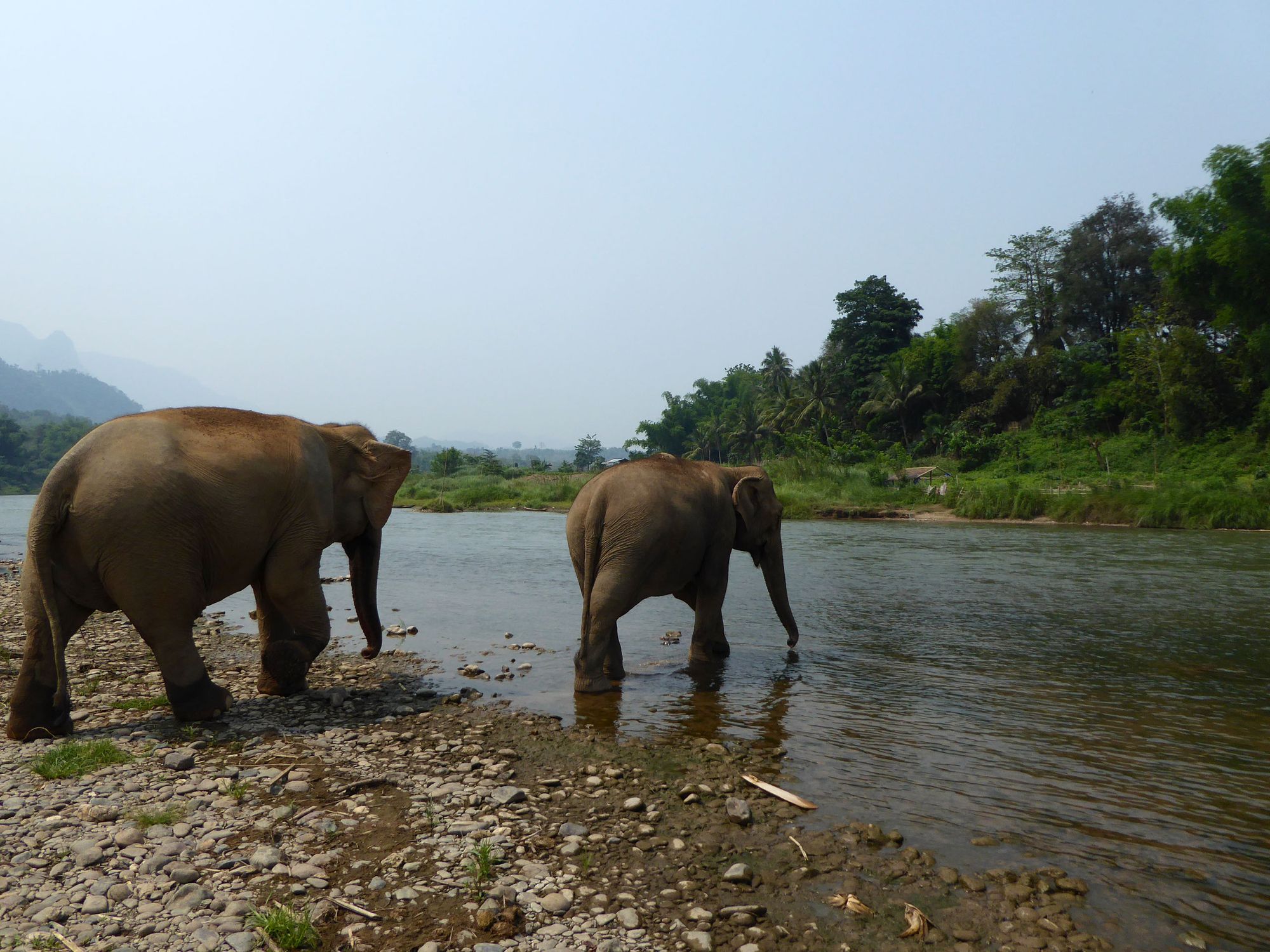
Elephants are big creatures, but so are humans, and riding on an elephant's back does all sorts of damage.
Carrying people around all day can leave an elephant with permanent spinal injuries, and the cloth which is usually wrapped around its body to secure the saddle squashes the elephant's ribs, rubs on its skin and can cause it to overheat.
And that's before you even start to consider how these wild animals are tamed, or 'broken', in the first place. This brutal process involves stealing baby elephants away from their mothers and isolating them at a young age, starving them, depriving them of sleep and beating them with bullhooks.
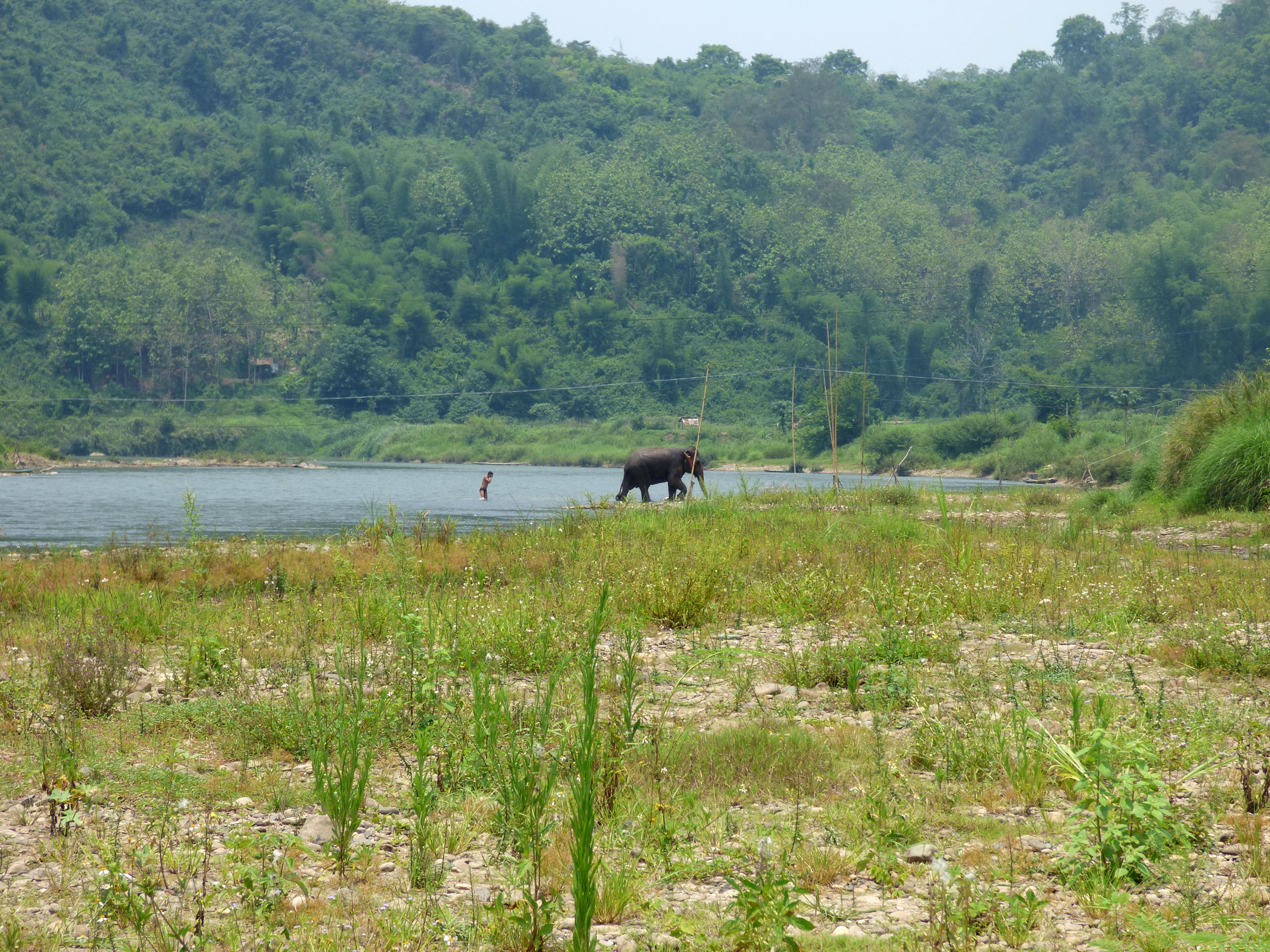
We decided to visit MandaLao elephant sanctuary, a 30-minute drive from Luang Prabang, because it promised an ethical, non-riding experience. On arrival we took a seat overlooking the Nam Khan river, and Thai co-founder Prasop Tipprasert gave an introductory talk about the sanctuary. Prasop's philosophy is based on what he calls the Five Freedoms:
- Freedom from hunger and thirst
- Freedom from discomfort
- Freedom from pain, injury and disease
- Freedom to express normal behaviours
- Freedom from fear and distress
The majority of tourist elephant camps and 'sanctuaries' in Southeast Asia fall short on most, if not all, of these criteria. MandaLao was conceived as a home for elephants that have been mistreated at tourist attractions or logging camps, and the aim is to create an environment that is as close to their natural habitat as possible. In the words of Prasop, this is a place for "elephants to be elephants". By inviting tourists to meet and interact with the elephants in a responsible way, the sanctuary aims to spread awareness and understanding, and promote a more humane and ethical model of wildlife tourism.
At MandaLao the elephants aren't made to dance or paint pictures for tourists; instead you're invited to spend time with them doing the things they like to do. After our briefing from Prasop we changed into special boots to protect our legs from leeches, and took a short boat ride across the Nam Khan to a flat, rocky river bank. Here we waited for a couple of females to lumber over in our direction, accompanied by their mahouts. We were each instructed to grab a bunch of bananas, ready to feed the hungry jumbos their breakfast.
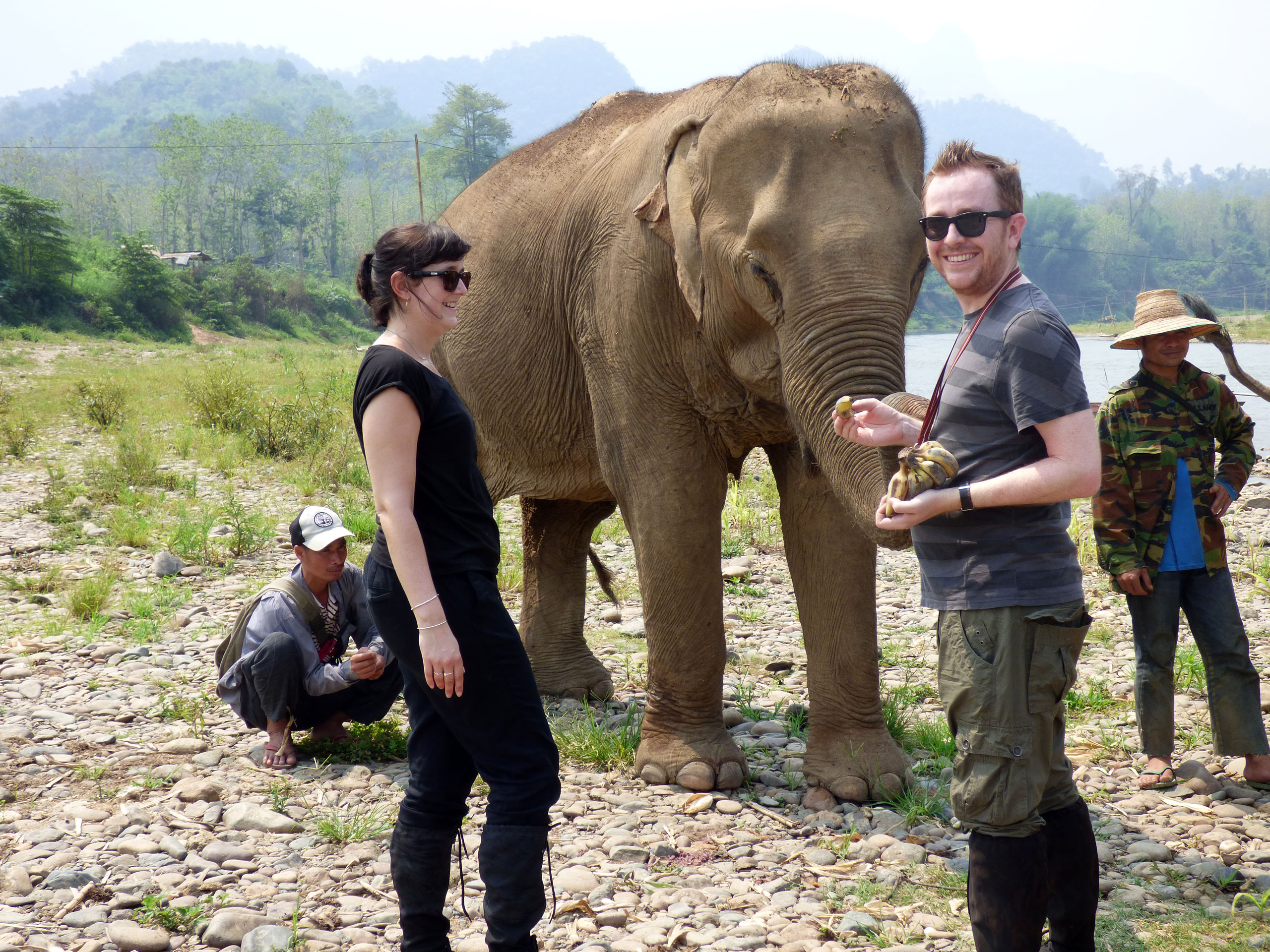
Our initial contact with the elephants was a little nervous. Although Asian elephants are smaller than their African cousins, these are still big animals, and I'd never been so close to one. The elephants are used to this morning feeding ritual, and their trunks coiled and snaked towards us, surprisingly dextrous, reaching out like arms. As I held out my first banana the nearest elephant snatched it from my hand and tossed the fruit into its mouth, quickly returning for another one. The elephant's skin was rougher than I had expected, bristly too. I fed her another banana, and another, struggling to keep up with her voracious appetite. Asian elephants eat up to 300 pounds a day, and this pair soon munched their way through our huge pile of bananas.
After breakfast the elephants waded into the river, hosing themselves down with their trunks to cool down. We were in Laos in April, the hottest month of the year, with temperatures pushing 40°C most days, and it was a relief when we set off down a shady jungle trail. We walked in single file, the elephants behind us keeping a steady pace. As we squelched along the muddy track we were able to observe different behaviours, and began to appreciate how intelligent these animals are. The elephants stopped to rub themselves against tree trunks, or to smother themselves with mud to protect their skin from the sun. We even saw one elephant pick up a stick with its trunk to scratch an itchy foot.
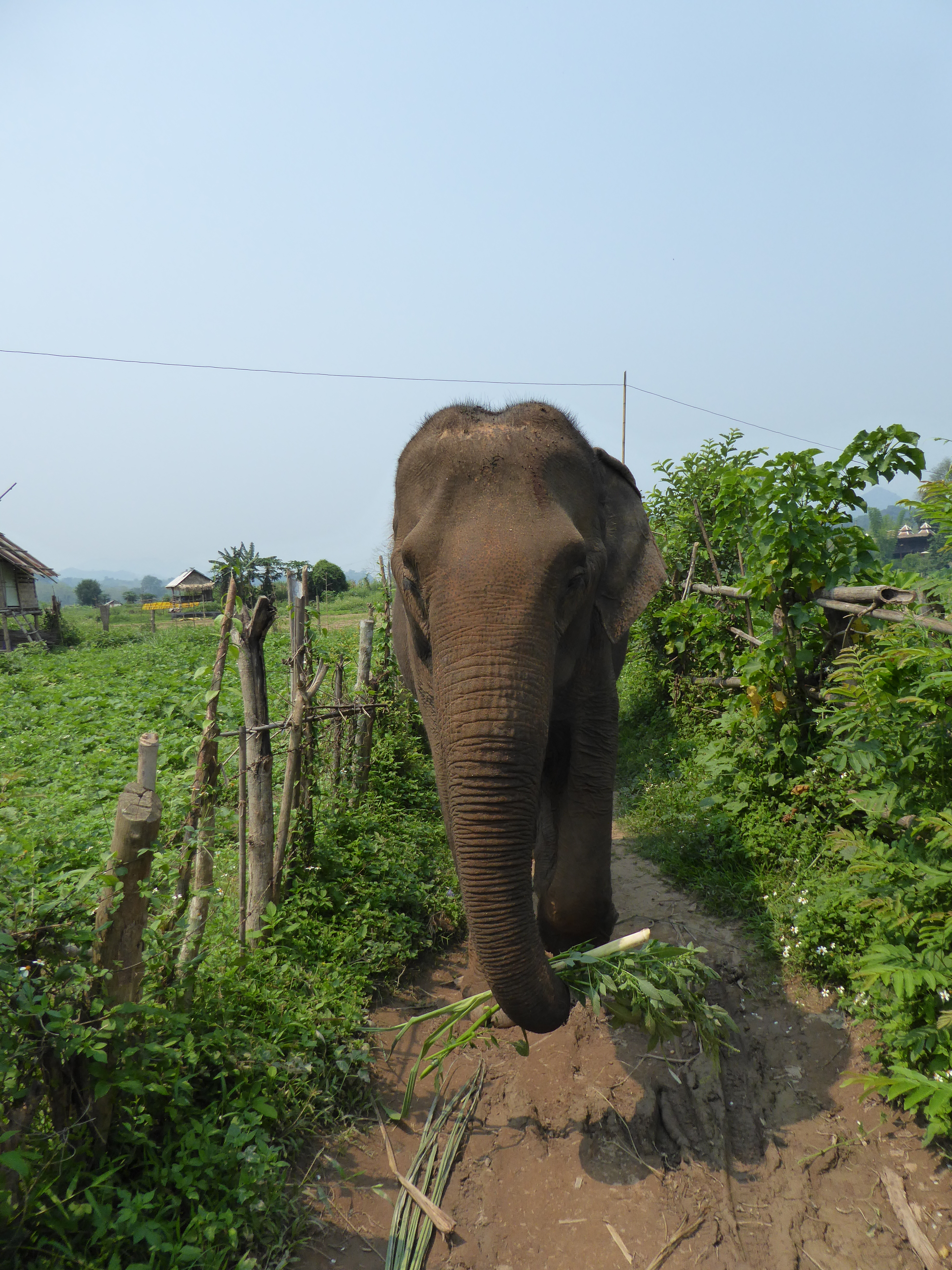
Our knowledgable guides, Dao and Lan, explained how elephants flap their ears to keep cool, but also to show when they're happy, just like a dog wagging its tail. They can also understand dozens of verbal commands from their mahouts, many of whom used to be farmers and hunters from the local village, or were even mahouts at elephant camps that treated their animals poorly. Another key plank of MandaLao's mission is to educate local people, and show them that respecting animal welfare and earning a good wage from tourism are not mutually exclusive.
We wandered past towering teak trees, the air filled with butterflies, until we came to a small stream. Here we were joined by two more females and a young male known affectionally as Baby Kit, and we stopped to feed the group some more bananas and sugarcane. It was amazing to get so close to these gentle creatures, and to witness how they interact with each other and their environment.
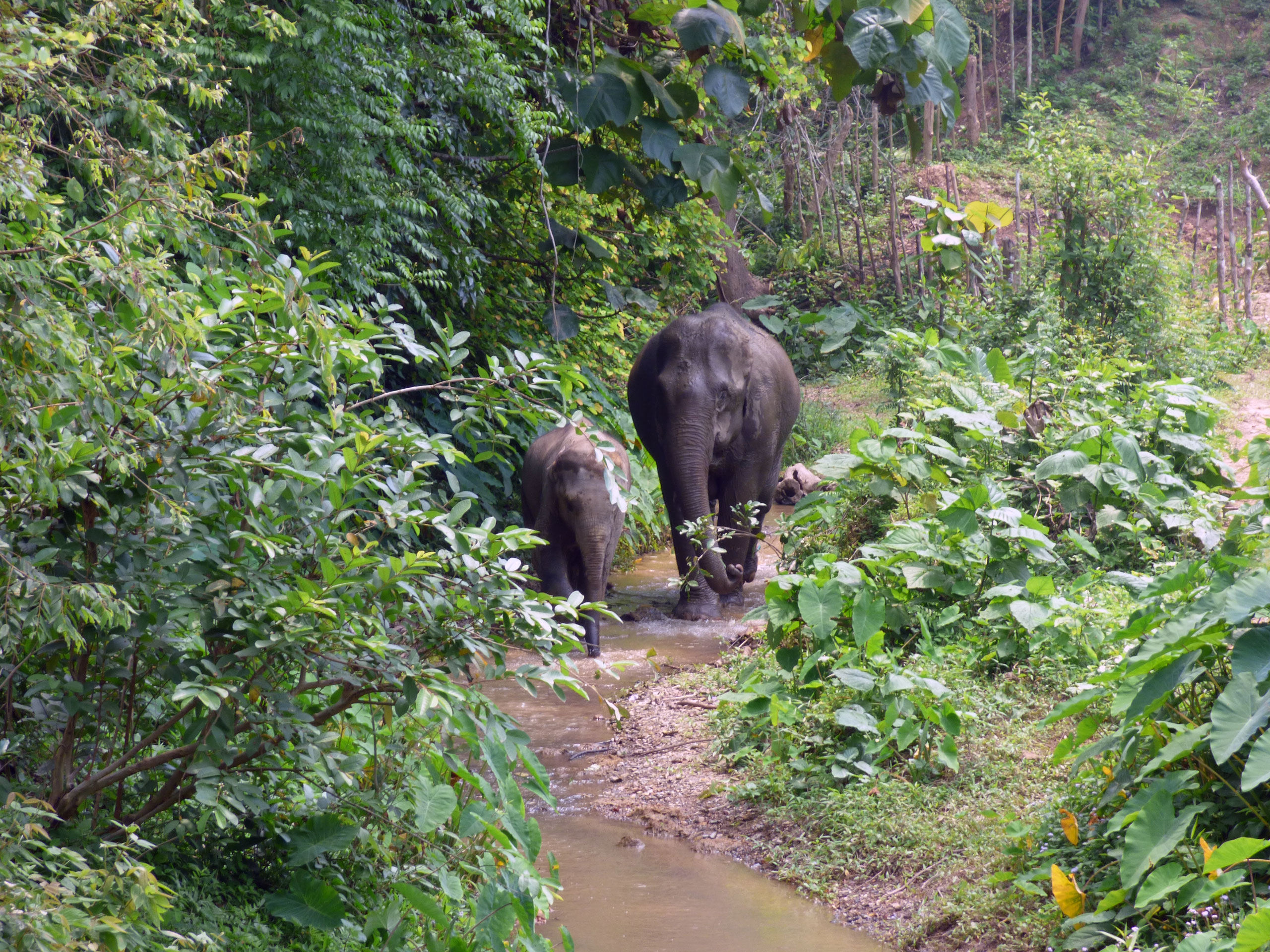
Eventually we said goodbye to our new pachyderm pals, and walked back through rice fields where buffalo dozed in the heat. Dao continued to feed us facts about the elephants, and his obvious love for the animals was endearing. We were surprised to hear that elephants are easily scared by smaller creatures.
"They are big, but they have small hearts," as Dao put it.
And those smaller animals, of course, include us. Laos used to be known as the 'Land of a Million Elephants', but there are less than a thousand left in the wild. The population has been ravaged by poaching and deforestation, and Laos lacks strong environmental protections. The handful of animals that have found a new home at MandaLao may seem like a drop in the ocean, but Prasop's model of sustainable tourism is perhaps the best hope that the elephants of Laos have for a long-term future in the wild.

